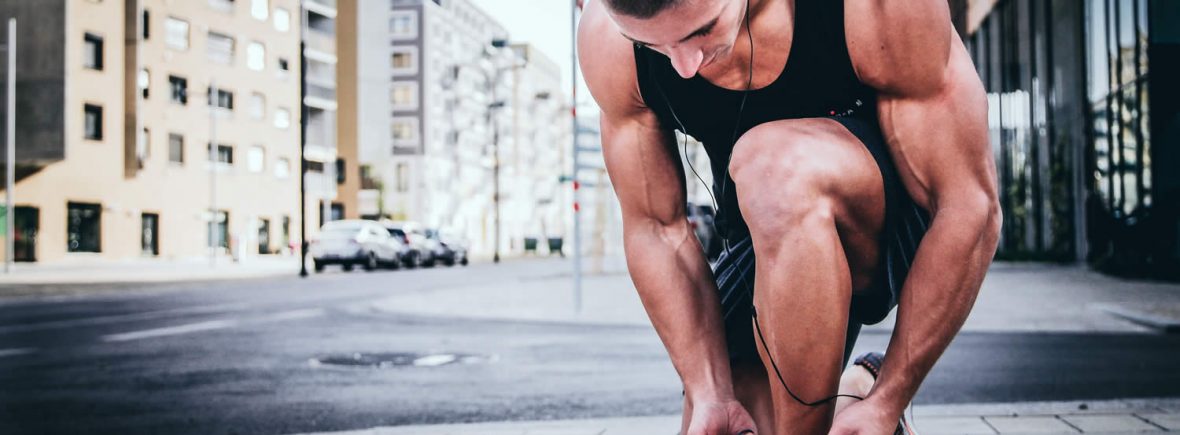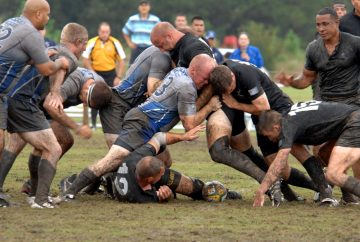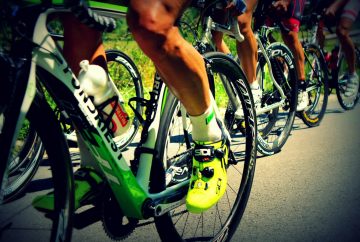Knee Basics
The knee is a hinged joint formed by the meeting of the thigh bone (femur) and the shin bone (tibia). This is called the tibiofemoral joint. It also has an additional joint on the front where the knee cap (patella) moves on the end of the femur called the patellofemoral joint. They are both contained within the same lining (capsule) and lubricated by a special fluid called synovial fluid. Thus any injury to one of the joints in the knee can cause a build up of fluid that can harm the function of the other.
Cartilage
Articular The ends of the bones are coated in a white layered structure called (articular) cartilage. This structure is highly specialised and creates an almost frictionless surface for the knee to glide against. Thus any injury to this smooth gliding surface alters these properties and will cause issues with the knee. Injuries to the cartilage … Continue reading Cartilage
Ligaments
Ligaments The knee is made stable by several extremely tough cord-like structures – your ligaments. These connect parts of your tibia to your femur. It can be thought that there are two groups of ligaments that provide stability to your knee and prevent excessive movement. One group are in the middle of your knee and … Continue reading Ligaments
Muscles & Tendons
Muscles and Tendons The knee is bent (flexed) by the hamstrings and their tendons that attach to various parts of the knee joint. The knee is straightened (extended) by the powerful quadriceps muscles on the front of your femur. The quadriceps muscles power your ‘extensor mechanism’. The extensor mechanism also consists of the quadriceps tendon … Continue reading Muscles & Tendons
Routine Investigation
Extra tests or investigations in knee injuries are entirely normal. Imaging is essential to assist in the diagnosis of knee injuries.




